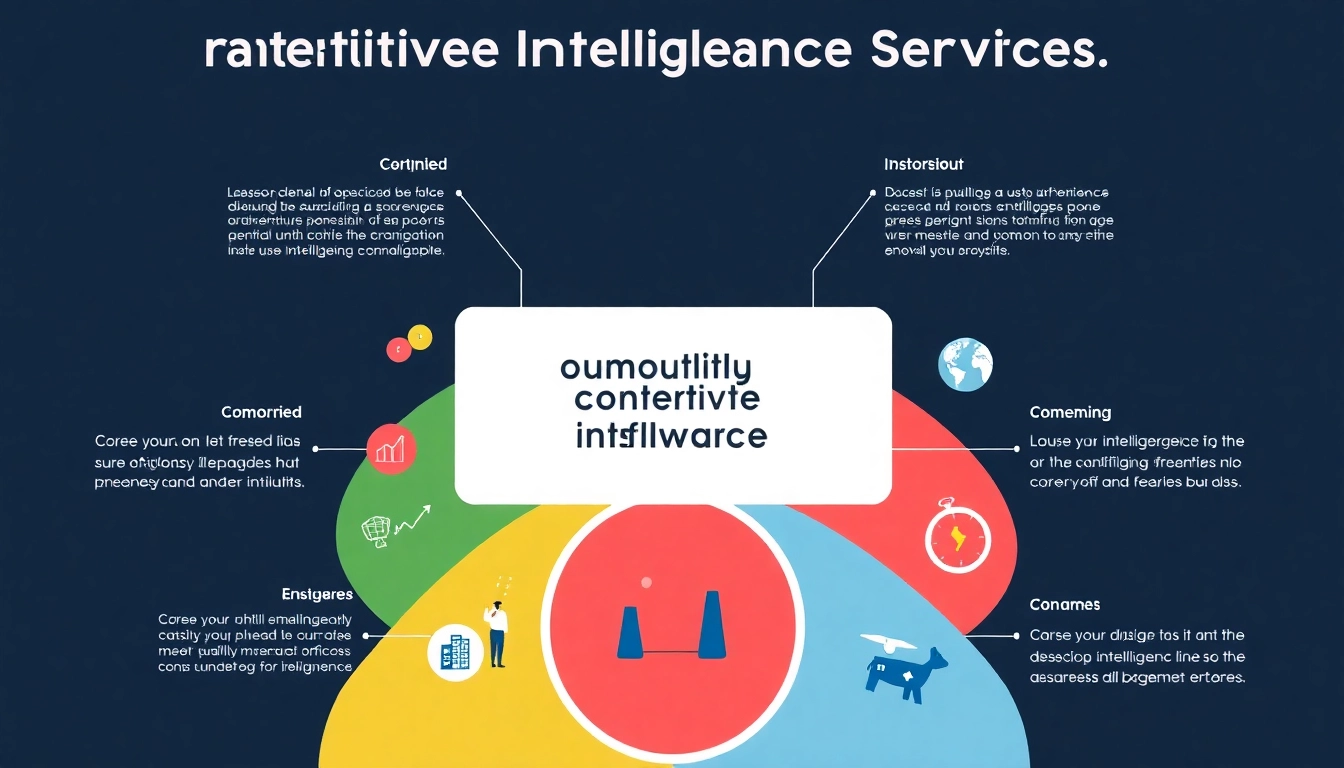Understanding Call Center Pricing Models
When navigating the intricate world of Call Center Pricing, it is essential to comprehend the different pricing models available. Recognizing these models can help businesses choose the right type of call center service that aligns with their operational needs and budgetary constraints.
Hourly Pricing Approaches
Hourly pricing is one of the most popular models in the call center industry. In this approach, companies pay a fixed hourly rate for the services rendered. This type of pricing is preferable for businesses that experience fluctuating call volumes, as it ensures costs correlate with actual service usage. Generally, average hourly rates can vary widely based on geographic location and the level of service quality provided.
For instance, an inbound call center in a metropolitan area may charge significantly more than one located in a rural setting. Similarly, specialized services such as technical support or customer service for niche markets often command higher hourly rates.
Per-Minute Rate Structures
Another straightforward pricing model is the per-minute rate structure. In this scenario, businesses are billed based on the actual minutes spent on calls. This model is particularly advantageous for companies that maintain consistent call volumes and prefer a direct correlation between service usage and costs.
The per-minute pricing can also vary based on call types; for example, outbound sales calls may incur a different rate compared to inbound customer support calls. Businesses must carefully analyze call duration trends to estimate potential costs accurately, which in turn aids in budgeting for call center expenses.
Pay-Per-Performance Pricing Options
The pay-per-performance model is unique, as it aligns the costs directly with the success of the services provided. In this pricing structure, companies only pay for results achieved, such as successful sales conversions or customer resolutions. This model is often used when businesses are focused on specific outcomes and can afford to invest based on the performance metrics achieved.
Although it offers flexibility, the pay-per-performance model requires well-defined metrics for success. Businesses must ensure that they have appropriate measurement systems in place to track performance accurately and fairly.
Factors Influencing Call Center Pricing
A range of factors significantly impacts call center pricing, from geographical considerations to the complexity of services offered. Understanding these variables enables businesses to make informed decisions when budgeting for call center services.
Geographic Considerations on Call Center Pricing
The location of a call center can greatly influence its pricing structure. Various regions have different economic conditions, labor costs, and service standards that affect how much customers can expect to pay. For example, call centers located in countries with lower labor costs tend to offer significantly more competitive pricing structures compared to their counterparts in higher-cost regions, like the U.S. or Western Europe.
Additionally, factors such as time zone differences may add complexity to pricing strategies, particularly for businesses that operate in multiple global markets. Understanding local consumer expectations can also play a crucial role in pricing, as businesses seek to maintain a high level of customer satisfaction alongside cost efficiency.
Service Levels and Their Impact on Pricing
The level of service provided also plays a crucial role in determining pricing. Premium services, such as 24/7 availability, multilingual support, and specialized training for agents, can significantly increase call center costs. Businesses that require high-touch service should anticipate paying a premium for these enhanced offerings.
Furthermore, the complexity of customer inquiries often dictates the need for specialized staff training or technology, further impacting pricing. Companies must assess their specific service requirements and choose call centers capable of meeting those needs adequately without compromising budget constraints.
Volume of Calls and Pricing Dynamics
Call volume directly influences the pricing dynamics within the call center space. Typically, higher call volumes can lead to decreased costs per call due to economies of scale, as the fixed costs are spread across a larger number of calls. Moreover, many call centers offer tiered pricing structures that better accommodate businesses with variable call volumes.
Companies that can accurately project their call volumes will find it easier to negotiate pricing with service providers that align with their operational needs. Understanding peak times, seasonal variations, and average call durations can help businesses avoid unexpected pricing fluctuations, allowing for more effective financial planning.
Average Call Center Pricing Across Regions
As businesses consider outsourcing call center services, evaluating the average pricing across various regions can provide valuable insights. These averages reflect the prevailing conditions within different markets, allowing businesses to make more informed decisions.
Call Center Pricing in the United States
In the United States, call center pricing typically ranges from $20 to $30 per hour for standard support. However, this can increase significantly depending on the level of service requested. For specialized services, such as technical assistance or customer service in niche markets, rates can reach as high as $50 per hour or more. Additionally, U.S.-based call centers often leverage advanced technologies, which could add to overall service costs.
The level of customer expectations in the U.S. often necessitates an emphasis on quality, hence the willingness of businesses to invest more in premium services offering superior customer experiences.
Call Center Pricing in India and Mexico
Countries like India and Mexico have become popular outsourcing destinations due to their significantly lower labor costs. In India, for instance, pricing can start as low as $6 to $15 per hour for basic services but may rise for specialized or high-quality support. Similarly, Mexico also offers competitive rates, generally falling in the range of $10 to $20 per hour.
The quality of service and agent proficiency can vary widely across these regions, so businesses need to conduct thorough due diligence when selecting service providers to ensure they meet their expectations.
Call Center Pricing Trends in the Philippines
The Philippines is another key player in the global call center industry, known for its English-speaking workforce and customer service orientation. Pricing trends in the Philippines typically range from $15 to $25 per hour, depending on the intricacy of the services offered.
With a strong focus on customer experience, businesses outsourcing to the Philippines can expect a blend of cost-effectiveness and quality service, making it a sought-after option for many global companies.
How to Optimize Costs in Call Center Services
While understanding pricing structures is crucial, effectively managing costs also depends on tactical strategies that can help businesses optimize their investment in call center services.
Analyzing Call Center Efficiency to Improve Pricing
One of the first steps in optimizing call center costs involves analyzing the efficiency of various functions within the operation. This involves monitoring key performance indicators (KPIs) such as average handling time, first call resolution rate, and customer satisfaction scores. By assessing these metrics, companies can identify areas of improvement, which can subsequently reduce costs and enhance service quality.
Implementing efficiency improvement strategies may include investing in updated technologies, improving training programs for agents, or even reconsidering internal processes to eliminate redundancies. These actions can contribute significantly to cost savings over time.
Recommendations for Cost-Effective Solutions
Businesses targeting cost-effective solutions should consider leveraging technology to automate certain processes, thus reducing the dependency on live agents for every customer interaction. Implementing chatbots and other automation tools can significantly lower operational costs while improving the speed and efficiency of customer interactions.
Another recommendation is to negotiate contracts that align with business cycles and anticipated call volumes. Choosing flexible pricing models that allow scaling up or down in response to fluctuating demand can lead to substantial savings while ensuring service availability during peak periods.
Long-Term Contracts and Its Effect on Call Center Pricing
Long-term contracts with call centers can yield significant discounts and predictability in pricing. By committing to a service provider for an extended period, businesses often negotiate more favorable terms that reflect reduced rates in exchange for guaranteed volumes.
However, it is important to weigh the benefits of a long-term agreement against potential changes in service needs or market conditions. Companies should periodically assess their contracts to ensure they remain aligned with current business objectives and performance metrics to maintain cost-effectiveness.
Future Trends in Call Center Pricing
The call center landscape continues to evolve with advancements in technology and shifting consumer expectations. Exploring future trends in pricing will be essential for businesses seeking to maintain competitiveness in the industry.
Evolving Technologies Influencing Call Center Costs
The integration of artificial intelligence (AI) and machine learning into call center operations is transforming pricing structures. These technologies enable predictive analytics to optimize staffing levels, reduce operation costs, and enhance customer experiences. As AI tools become more sophisticated, businesses may find opportunities to further reduce reliance on human agents, thereby lowering costs.
Moreover, the development of omnichannel support systems allows for seamless customer interactions across various platforms, potentially streamlining operations and reducing costs associated with managing separate channels.
Predictions for Call Center Pricing in 2025 and Beyond
As the demand for personalized customer experiences continues to rise, future pricing models may increasingly reflect a customer-centric approach. Businesses will likely see the introduction of tiered pricing arrangements based on service quality and outcomes achieved rather than just volume. Such models may provide flexibility and empower companies to invest in higher-quality services while managing costs effectively.
Adapting to Market Changes in Call Center Pricing
The call center industry must remain agile in adapting to market trends and changing consumer preferences. As remote working becomes the norm, companies may need to reassess how physical location impacts call center costs and service quality. In addition, businesses must be ready to adapt pricing strategies based on evolving competition and technological advancements, ensuring that they maintain relevance and efficiency in the market.



